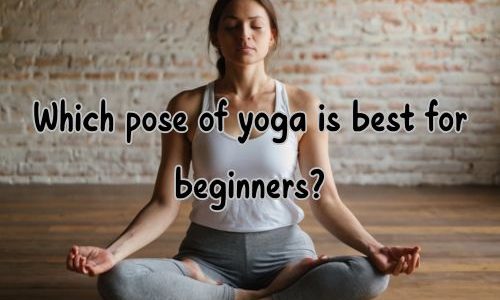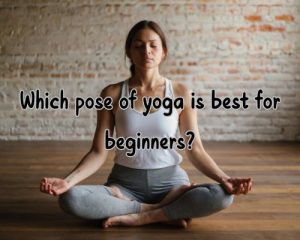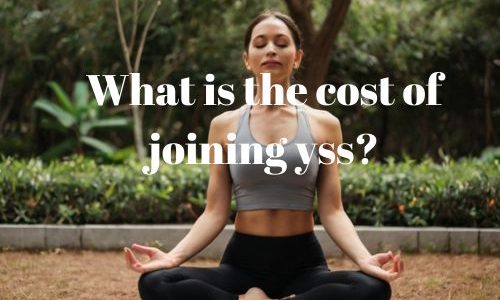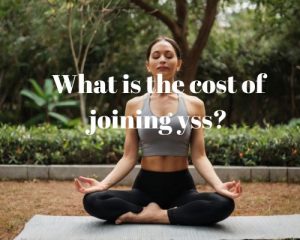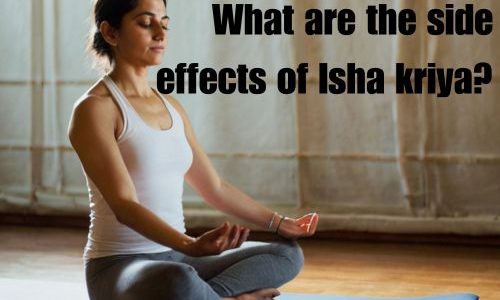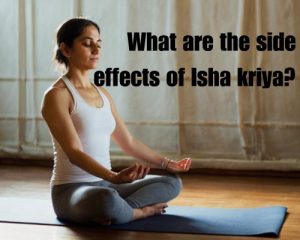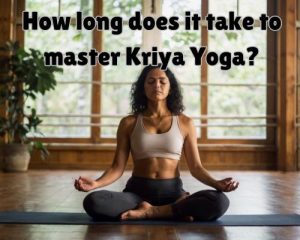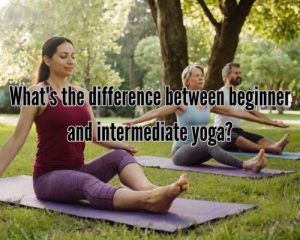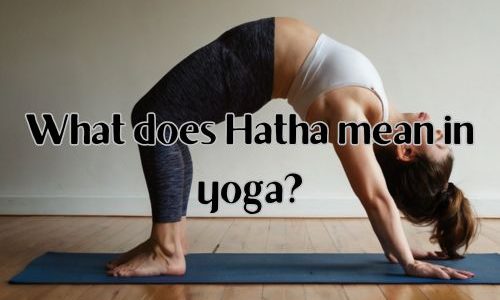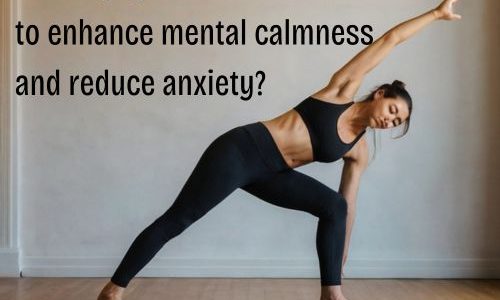
Which Yoga Asana is Known to Enhance Mental Calmness and Reduce Anxiety?
Which Yoga Asana is Known to Enhance Mental Calmness and Reduce Anxiety? Discover Serenity in Mornington, Australia
Yoga has been practiced for centuries as a holistic approach to achieving mental and physical well-being. For those seeking ways to enhance mental calmness and reduce anxiety, Balasana (Child’s Pose) stands out as one of the most effective yoga asanas. This pose not only nurtures the mind but also encourages a deep sense of relaxation, making it a favorite among yoga practitioners worldwide, including those in Mornington, Australia, where the serene environment beautifully complements the practice.
Understanding the Power of Balasana (Child’s Pose)
Balasana, or Child’s Pose, is a gentle forward-bending yoga posture that symbolizes surrender and introspection. This asana helps:
- Reduce Anxiety: By encouraging slow, mindful breathing, Balasana activates the parasympathetic nervous system, calming the “fight or flight” response.
- Enhance Mental Calmness: The forward fold allows for introspection and grounding, helping the mind release racing thoughts.
- Relax Muscles: Gently stretching the lower back, hips, and thighs promotes physical relaxation, which often mirrors mental calmness.
Balasana’s simplicity makes it accessible to beginners and experienced practitioners alike, requiring no advanced skills or equipment. This is especially beneficial in communities like Mornington, where yoga enthusiasts of all levels gather to practice amidst the calming coastal vibes.
Benefits of Yoga for Mental Calmness and Anxiety Relief
Regular yoga practice integrates physical postures, mindful breathing, and meditation, all of which play crucial roles in reducing stress and enhancing emotional balance. The key benefits of practicing yoga for mental calmness include:
- Stress Hormone Reduction: Yoga lowers cortisol levels, a hormone closely linked to stress and anxiety.
- Improved Focus: Through mindfulness practices, yoga enhances concentration and reduces mental clutter.
- Promotes Better Sleep: Asanas like Balasana encourage relaxation, which is vital for improving sleep quality.
- Enhanced Emotional Resilience: The practice fosters self-awareness, helping individuals respond calmly to stressors.
Many yoga studios like Bikram Yoga Mornington and wellness centers in Mornington, Victoria, offer specialized classes focusing on anxiety relief and mental calmness. Combining these sessions with the natural beauty of the Mornington Peninsula creates the perfect environment for mental rejuvenation.
Why Mornington is an Ideal Location for Yoga Practice
The Mornington Peninsula is renowned for its tranquil beaches, lush greenery, and community-focused wellness culture. This idyllic setting amplifies the calming effects of yoga, making it a hotspot for locals and visitors seeking relaxation and mindfulness. Key features that make Mornington ideal include:
- Natural Surroundings: Practicing yoga by the beach or in Mornington’s parks, such as the Mornington Park or along the Esplanade, heightens the connection between mind and nature.
- Yoga Studios: Renowned studios like Bikram Yoga Mornington offer tailored sessions focused on mental well-being.
- Wellness Events: Local yoga retreats and wellness festivals provide opportunities for immersive experiences combining yoga, meditation, and community.
For those looking to deepen their practice, Mornington’s wellness community also embraces alternative therapies like aromatherapy, sound healing, and mindfulness workshops.
How to Perform Balasana Correctly
Balasana is one of the easiest yoga poses to learn, yet its impact can be profound. Here’s a step-by-step guide:
- Begin in a Kneeling Position: Sit on your heels with your big toes touching.
- Lower Your Body: Lean forward, extending your arms in front of you or resting them alongside your body.
- Rest Your Forehead: Allow your forehead to touch the mat. Use a yoga block or cushion for support if needed.
- Breathe Deeply: Inhale and exhale slowly, focusing on your breath and letting go of tension.
- Hold the Pose: Stay in this position for 30 seconds to several minutes, depending on your comfort level.
This pose can be modified for added comfort or deeper relaxation by using props, making it suitable for people with limited flexibility or joint issues.
Incorporating Balasana into a Daily Routine
To maximize its anxiety-reducing benefits, Balasana should be incorporated into your daily routine. Here’s how:
- Morning Practice: Start your day with 5 minutes of Balasana to center yourself before facing daily stressors.
- Midday Break: Take a quick break from work to reset and reduce tension.
- Pre-Bedtime Ritual: Practice Balasana before sleeping to calm the mind and prepare your body for rest.
Locals in Mornington often pair yoga with other wellness practices like beach walks or mindfulness meditation, enhancing the overall impact on mental health.
Exploring Other Yoga Asanas for Mental Calmness in Mornington
While Balasana is a standout, other yoga poses complement its benefits for mental calmness and anxiety relief:
- Savasana (Corpse Pose): Often practiced at the end of a yoga session, this pose is the ultimate relaxation posture.
- Viparita Karani (Legs-Up-The-Wall Pose): Helps improve circulation and calm the nervous system.
- Tadasana (Mountain Pose): Promotes grounding and mindfulness through a standing posture.
Many studios in Mornington incorporate these poses into their classes, offering holistic approaches to stress relief.
The Role of Yoga Teachers in Mornington
Experienced yoga instructors in Mornington play a pivotal role in guiding practitioners. They offer:
- Personalized Attention: Adapting asanas to suit individual needs and abilities.
- Mindfulness Techniques: Incorporating guided meditations and breathing exercises into classes.
- Supportive Communities: Creating safe spaces for individuals to explore yoga as a tool for mental health.
Mornington’s yoga teachers are passionate about fostering mental calmness, often drawing inspiration from the local landscape.
Taking the Next Step: Discover Yoga in Mornington
If you’re looking to enhance your mental calmness and reduce anxiety, exploring yoga in Mornington is an excellent choice. The combination of effective asanas like Balasana and the area’s natural serenity creates a transformative experience for the mind and body.
Whether you’re a local or a visitor, Mornington offers countless opportunities to embrace yoga as a lifestyle. From beachside sessions to guided classes at renowned studios, the options are endless. Take the first step toward a calmer, more centered life—Mornington is waiting to guide you on your journey.

